Château Lavabre Rouge 2018
Descripción
Un tinto de Languedoc de pequeña producción que fue valorado en The Wine Advocate en un rango de puntos de 92 a 94 Parker. Sin duda, un tinto que hay que probar para descubrir el potencial de los vinos del litoral mediterráneo francés. Un coupage de Syrah y Garnacha, rico, poderoso y fresco a la vez.
Ficha técnica
Cata
Viñedo y elaboración
Opinión de los críticos
The appellation 2018 Pic Saint-Loup is a 70/30 split of Syrah and Grenache, with the Syrah brought up in new barrels and the Grenache in larger foudre. This beauty sports a deep purple hue to go with classic Syrah notes of smoked black fruits, ground pepper, cured meats, and ample rocky minerality. Rich, full-bodied, ripe, and heady, it's a powerful, opulent effort delivering plenty of character, ripe, polished tannins, and a great finish. It's not for the low alcohol crowd but offers tons of pleasure. Drink it over the coming 7-8 years.
A 70-30 blend of Syrah and Grenache, with the Syrah aged in small, new oak barrels and the Grenache aged in small foudres, Château Lavabre's 2018 Pic Saint Loup boasts ripe, expansive aromas of plums and black cherries, backed by hints of baking spices and crushed stone. Those same underpinnings mark the full-bodied palate, bringing some relief to the waves of ripe fruit. Ripe, supple tannins add needed structure, but this lush, readily approachable wine won't need any real time in the cellar after release.

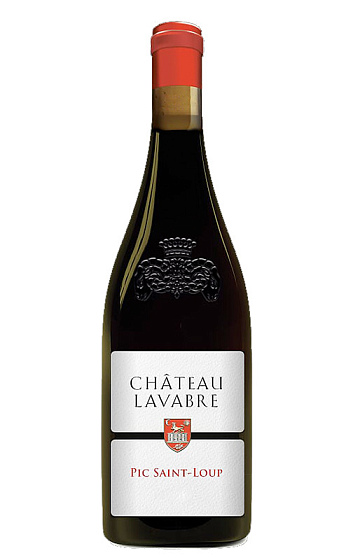

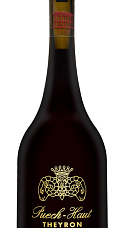
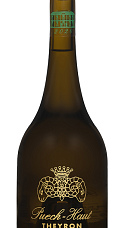
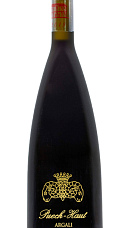
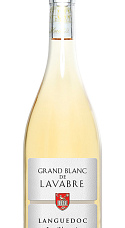


Añadas: 2018 2017
Exceptionnel, des fruits noirs bien confiturés, des épices, de la puissance, une belle longueur, un vrai plaisir à boire.
Gran descubrimiento, RCP sensacional, imprescindible conocerlo. Aromático y complejamente equilibrado.